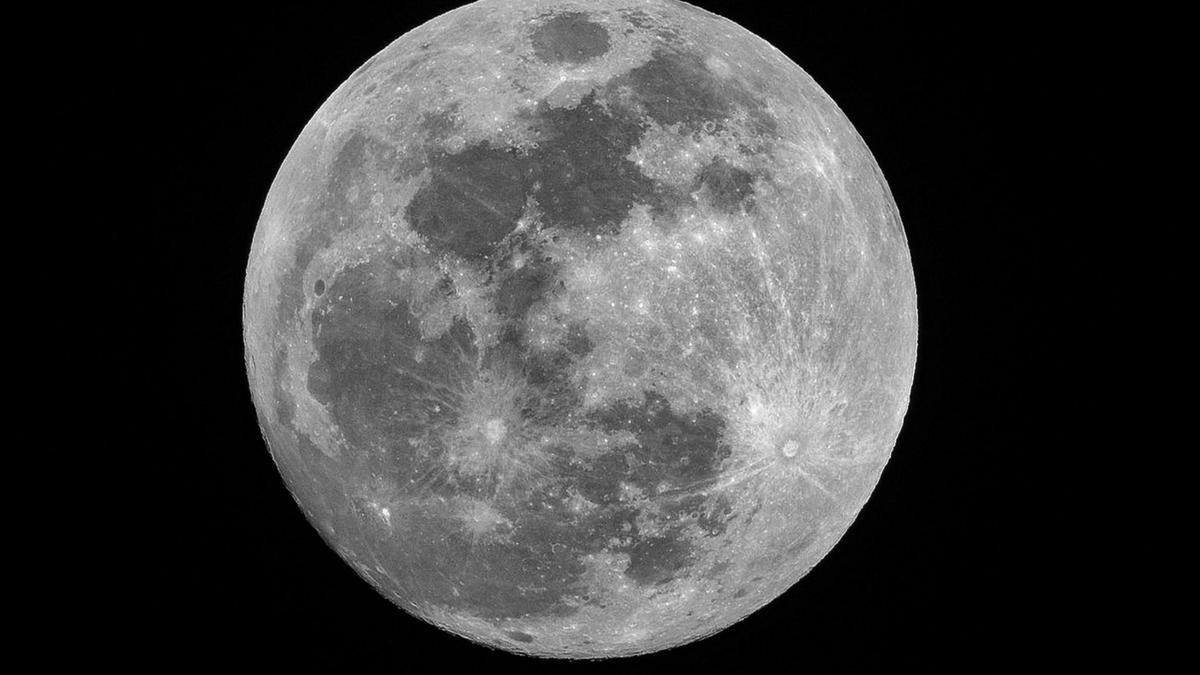Transient Lunar Phenomena (TLPs) Suggest Moon May Be More Active Than Previously Believed

In News: Scientists Explore Transient Lunar Phenomena, Indicating Moon’s Dynamic Nature
Analysis:
- Context:
- Transient Lunar Phenomena (TLPs) are short-lived, unusual events on the Moon’s surface, including flashes of light, hazy glows, and colored patches.
- Reports of TLPs date back over a thousand years, with even Apollo 11 astronauts observing luminous glows in 1969.
- Characteristics of TLPs:
- Duration ranges from seconds to several hours before disappearing.
- Commonly observed in Aristarchus and Plato craters.
- Types of phenomena: bright star-like points, reddish or colored glows, and mists obscuring lunar features.
- Scientific Theories Behind TLPs:
- Outgassing: Release of radon or argon gases from beneath the lunar surface due to gravitational stress or surface heating, causing glowing or dust reflection.
- Meteoroid Impacts: High-velocity collisions produce flashes of light on the airless Moon.
- Electrostatic Phenomena: Lunar dust becoming charged and levitating.
- Earth-based Atmospheric Effects: Distortions caused by Earth’s atmosphere affecting observation.
- Significance:
- TLPs suggest the Moon may be more geologically and dynamically active than previously thought.
- Understanding TLPs contributes to lunar science, space exploration planning, and impact monitoring.
- Ongoing Research:
- Scientists continue to study observation reports, satellite data, and lunar missions to determine the origins and frequency of TLPs.
- Further investigation may provide insights into lunar outgassing, surface activity, and interaction with meteoroids.
Static Information:
- Transient Lunar Phenomena (TLPs): Short-lived events on the Moon that are temporary and unpredictable.
- Notable Lunar Craters: Aristarchus and Plato, frequent sites of observed TLPs.
- Historical Observations: Recorded for centuries, including by Apollo 11 astronauts.
- Potential Causes: Outgassing, meteoroid impacts, electrostatic dust activity, and Earth’s atmospheric distortions.
Updated - October 21, 2025 03:52 pm | The Hindu